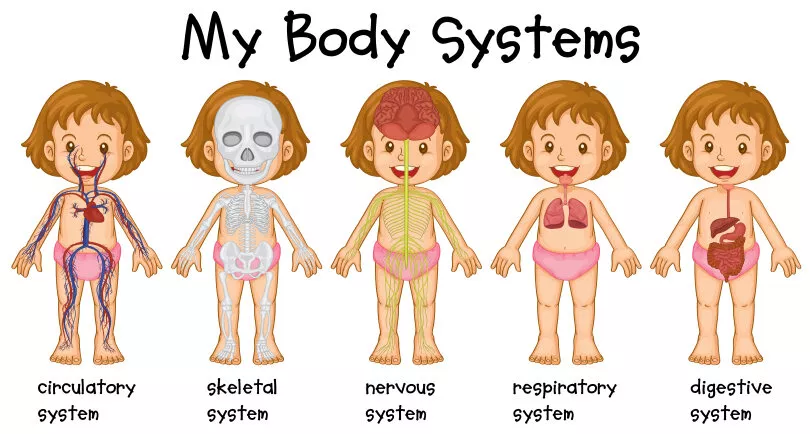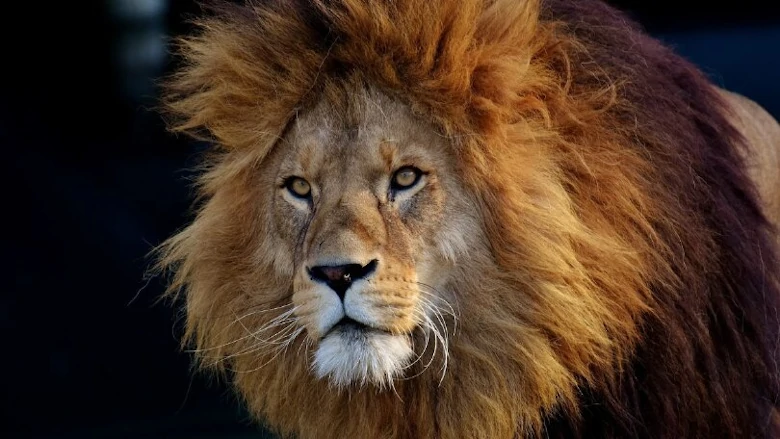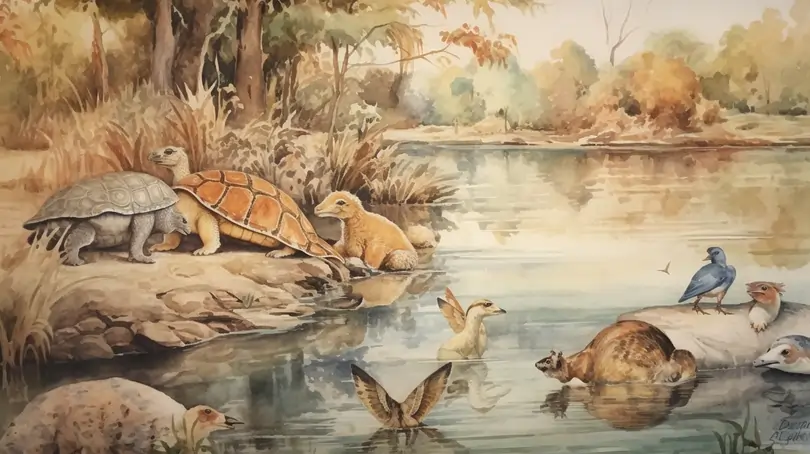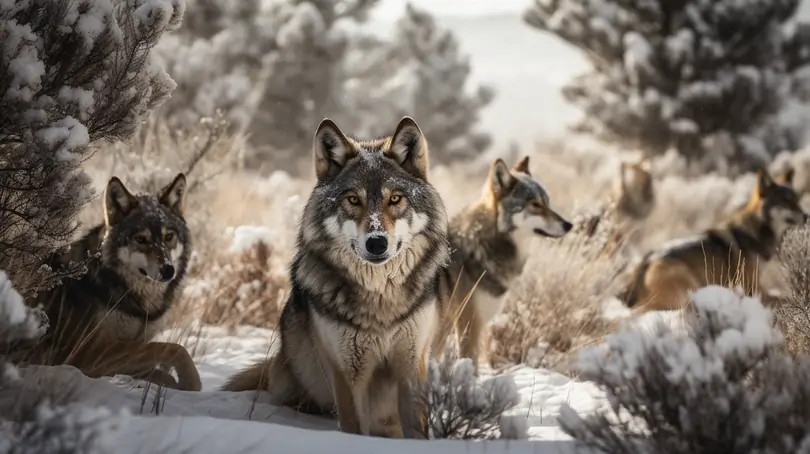Energy In Food
In this article, you will learn about how we obtain energy from food according to the Singapore Primary 6 Science Syllabus. You will understand that living things need energy to carry out life processes and they obtain energy from the food they eat. We will also examine the conditions required for photosynthesis and the products formed during the process of photosynthesis.
Energy In Food
Energy is the ability to do work. Energy is important for all living things as it is needed to carry out life processes such as growth, reproduction and movement.
The Sun is the main source of energy for living things. However, not all living things are able to use light energy directly. Plants are examples of living things that are able to use light energy via photosynthesis to obtain energy that they need to carry out their life processes. The other organisms which cannot make use of light energy to make their own food will consume other organisms to obtain energy for their survival. Thus, the energy in plants is being passed down to other organisms when the organisms eat the plants.
Plants are also known as food producers as they are able to make their own food. The organisms that feed on other organisms are known as food consumers.
How do plants make their own food?
Plants make their own food during the process of photosynthesis. Photosynthesis is the process whereby plants use sunlight, water and carbon dioxide to produce food (sugar) and oxygen.
\( \text{carbon dioxide + water} \quad\xrightarrow[\qquad\text{chlorophyll}\qquad]{\qquad\text{light energy}\qquad} \quad\text{food (sugar) + oxygen} \\ \)
| Raw Materials Required | carbon dioxide + water |
|---|---|
| Conditions Required | light energy + chlorophyll |
| Products Of Photosynthesis | food (sugar) + oxygen |
Carbon dioxide is taken in by the plants via gaseous exchange through the tiny openings (stomata) that are mainly found on the underside of the leaves.
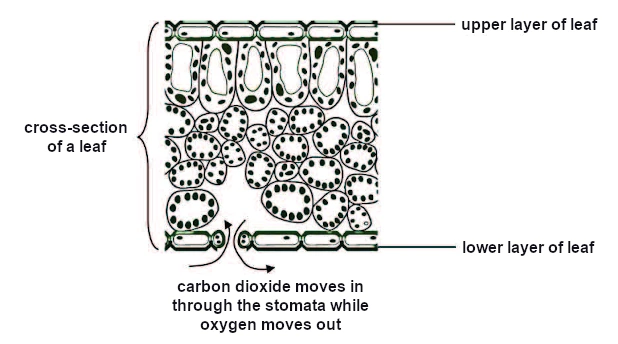
Water is absorbed through the roots and transported up the stem via the water-carrying tubes (xylem tubes) to the leaves.
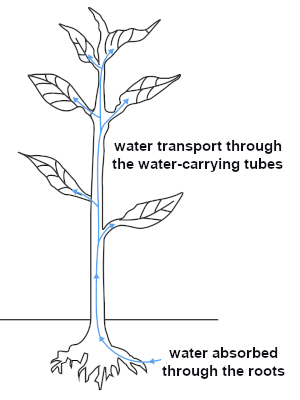
Chlorophyll is found in the chloroplasts of leaf cells. They help to trap / absorb light energy that is required for photosynthesis. As chlorophyll is green, this gives the leaves its green colour. Plants with coloured leaves have hidden chlorophyll under their coloured pigments.
Products Of Photosynthesis
Plants convert carbon dioxide and water into food (sugar) and oxygen in the presence of light energy. Food (sugar) that is being produced provides the energy for the plants to carry out their life processes such as growth and reproduction. The food produced is also being transported through the food-carrying tubes to the other parts of the plant. Excess food made by the plants is stored as starch in the various parts of the plants such as fruits and underground stems. When the plants need more energy, starch from the storage parts will be converted back into sugar for the plant to use.
Oxygen is a byproduct of photosynthesis that is being released through the tiny openings into the atmosphere. This helps to replenish the oxygen in the atmosphere for other living things.
Conclusion
In this article, we learnt that living things need energy to carry out life processes. We also understood that plants are able to make their own food while other organisms depend on other organisms for food. Plants undergo photosynthesis to make food for themselves to obtain the energy they need. We also recognised the materials and conditions required for photosynthesis to occur and what the products of photosynthesis are.
Test Your Concepts
Answer the following questions based on the concepts that we have covered in this article. If you are unclear, you may want to revisit the relevant section to revise the concepts.
Question 1:
Timothy conducted an experiment on a green plant. He covered both the upper and lower surfaces of two leaves with cardboard. A week later, he observed that leaves covered by the cardboard withered and died.

Explain why the leaves covered with cardboard withered and died.
Solution:
As cardboard does not allow light to pass through, the leaves covered by the cardboard were not able to receive light energy (sunlight) to make food. Thus, they withered and died.
Explanation:
Sunlight is needed for photosynthesis to take place.
Question 2:
Some water plants were placed under bright sunlight for 5 hours. It was noted that the water plants produced gas bubbles and the gas was collected in the test tube as shown in the diagram below.
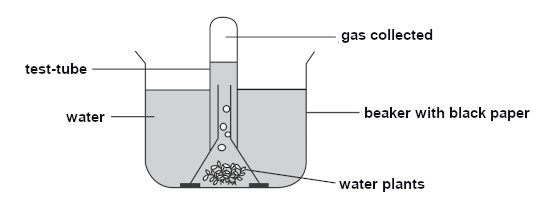
- What was the gas produced by the water plants?
Solution:
oxygen
Explanation:
The water plants were being exposed to bright sunlight and were able to photosynthesise and produce oxygen.
- What would happen to the amount of gas produced by the water plant if the set-up were moved under a shady tree?
Solution:
The amount of gas produced would be less.
Explanation:
There would be less sunlight under a shady tree. Thus, the water plants would obtain less light energy for photosynthesis and produce less oxygen.
Test Yourself
Which of the following are required by the plant for photosynthesis?
1: water
2: oxygen
3: light energy
4: carbon dioxide
Choose the correct option
Water and carbon dioxide are the materials for photosynthesis. Light energy is being trapped by the chlorophyll of the plants to help convert water and carbon dioxide into food (sugar) and oxygen during photosynthesis.
In the diagram below, A, B, C and D represent the different stages in the life cycle of a flowering plant.
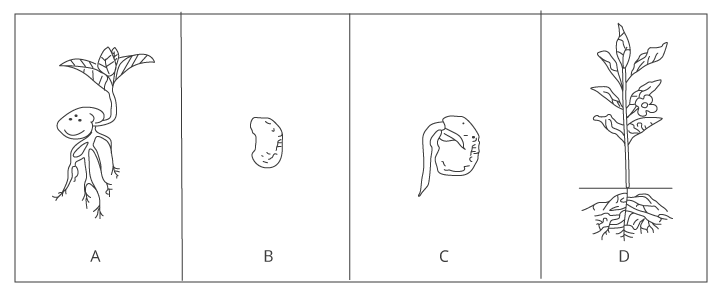
Based on the diagram above, which of the following does the flowering plant need at stage A to carry out photosynthesis?
A: light
B: heat
C: water
D: oxygen
Choose the correct option
1. A and C only
2. B and D only
3. A, C and D only
4. A, B, C and D
Photosynthesis requires light, carbon dioxide and water.
Stomata are tiny openings found on the surfaces of leaves. Which of the following are the functions of the stomata?
A: They allow excess water vapour to escape.
B: They store excess food made by the leaves.
C: They help to trap sunlight for photosynthesis.
D: They enable the exchange of gases to take place during photosynthesis and respiration.
Choose the correct option
1. A and D only
2. B and C only
3. B, C and D only
4. A, B, C and D
Stomata are tiny openings found on leaves of a plant. More are found on the underside to reduce loss of water during the day.
Functions of stomata is the exchange of gases as well as the release of water vapour to the surroundings.
Chlorophyll traps sunlight for photosynthesis.
Excess food can be stored in other plant parts (eg. stem - potato or root - carrot), but not in the stomata.
In the aquarium shown below, some animals and green plants were sealed inside with a glass plate covering the glass tank. The whole aquarium was placed in a brightly-lit room the whole day.
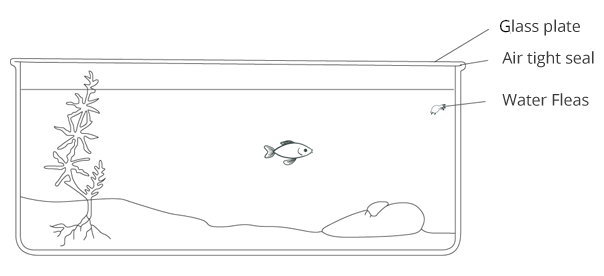
Which of the following statements is correct about the organisms after several months?
1. The plants will die first as they are unable to photosynthesise.
2. The plants can survive longer than the larger animals in the tank.
3. The animals will all die in less than a day as there is insufficient air.
4. The organisms could still survive as there is a continuous supply of oxygen in the tank.
The plants receive sunlight, water and carbon dioxide (dissolved in the water) to photosynthesise and make food.
In an experiment, Leaf A is removed from a plant after being placed in the sunlight for a period of time. At the same time, Leaf B is taken from the same plant which was placed in the dark room for the same period of time. Both are then tested with iodine solution. The results are shown below.

What is the above experiment trying to show us?
1. Photosynthesis produces starch directly.
2. Light is necessary for plants to make starch.
3. Raw materials are needed for plants to make food.
4. Iodine is a good chemical test for the presence of starch.
Photosynthesis has to occur in the presence of light to produce sugar and hence stored as starch.




 SG
SG  VN
VN 

